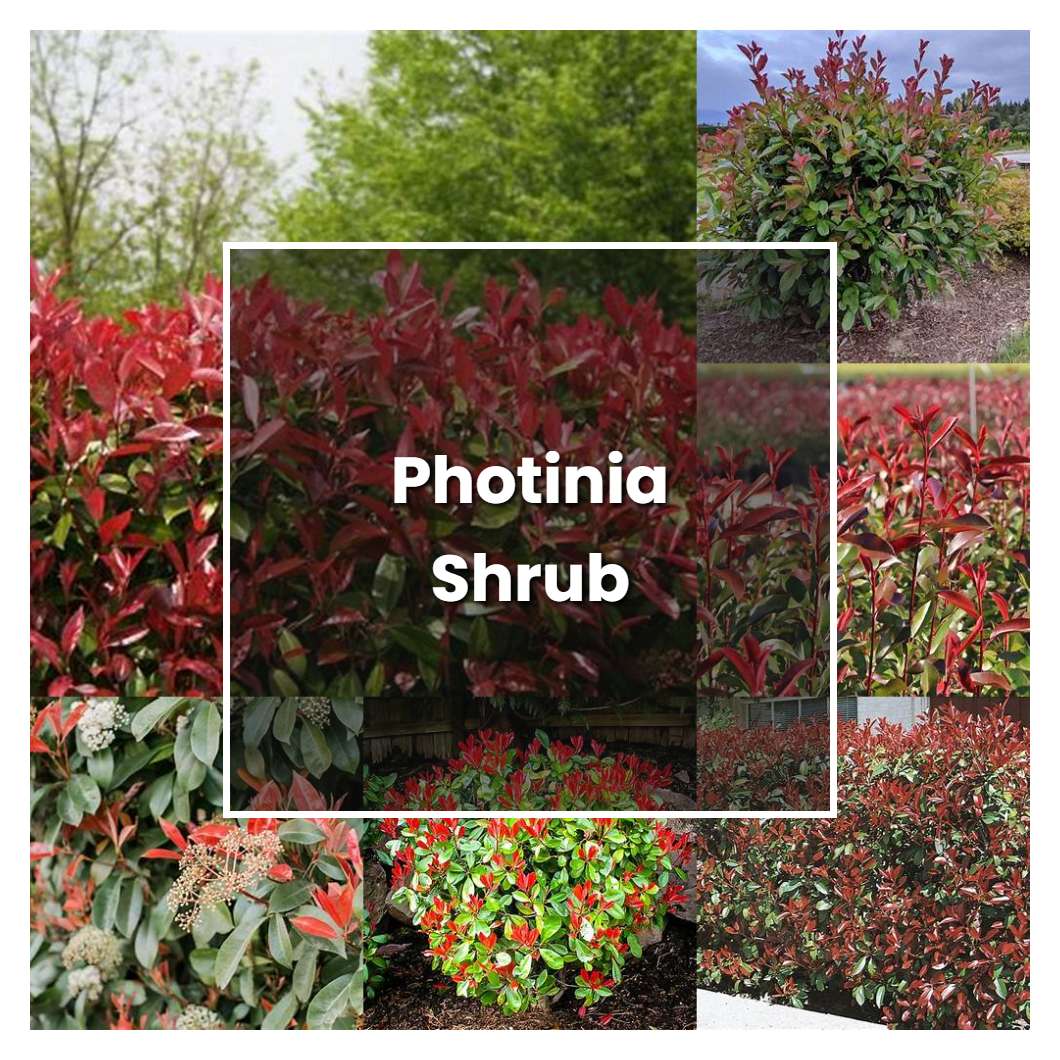Photinia shrub is a plant that is native to China. It is a evergreen shrub that can grow up to 10 feet tall. The leaves are glossy and dark green in color. The flowers are white and bloom in the spring.

Related plant:
Photinia Little Red Robin
Related plant:
Photinia Bush
About soil condition, the photinia shrub prefers well-drained, slightly acidic to neutral soil, but it is adaptable to other soil types. It does not tolerate wet, boggy conditions. You can improve drainage around the shrub by adding organic matter to the soil or planting it on a mound.
Similar to other shrubs, the Photinia shrub also needs a good amount of sunlight to grow properly. 6 hours of sunlight is ideal for this plant. If the plant does not get enough sunlight, it will become weak and will not be able to produce the beautiful red leaves that it is known for.
The temperature condition that is most ideal for the Photinia shrub is one that is warm and sunny. This shrub prefers to grow in areas that receive full sun to partial sun throughout the day. The Photinia shrub can tolerate temperatures as low as -15 degrees Fahrenheit, making it a good choice for growing in colder climates.
Ideal humidity condition for this plant is 50%. Avoid overwatering and water only when the soil surface feels dry to the touch. If the leaves of your plant start to turn yellow, it is an indication that it is not receiving enough water.
The fertilizer, this family of plant need, is 5-10-5 or 10-10-10. For best results, use a fertilizer made for evergreens. Apply the fertilizer in the spring, according to the package directions. Photinias are shallow rooted, so be careful not to overwater. They prefer a moist, but well-drained soil.
Pruning photinia shrubs is important to promote new growth and maintain a healthy plant. can be done in late winter or early spring. When pruning, remove any dead or diseased wood, as well as any wood that is crossing or rubbing against other branches. This will help to encourage new growth and keep the plant healthy.
Propagation of Photinia shrubs is typically done through softwood cuttings taken from new growth in late spring or early summer. The cuttings should be 4-6 inches long and taken from healthy, disease-free stems. Before planting, the bottom inch or so of the cutting should be dipped in rooting hormone powder. The cuttings can then be planted in a moistened potting mix and placed in a sheltered location out of direct sunlight. Keep the soil moist but not waterlogged and in 4-6 weeks the cuttings should have rooted and be ready to transplant into their permanent location.
Usually, the plant growth rate information is based on average growth rates. An average photinia shrub will grow between 6 and 12 inches per year. However, some photinia shrubs have been known to grow as much as 24 inches in a single year.
Common problems for this kind of plant are powdery mildew, black spot, and rust. If you see any of these problems, you should take action to treat the plant. These problems can be caused by different factors, such as weather, insects, or disease.
Source:
Managing Pests in Gardens: Trees and Shrubs: PhotiniaUC IPM - ucanr.edu
Fraser Photinia; Redtip Photinia (Photinia x fraseri)
Fraser Photinia - Photinia fraseri - PNW Plants
